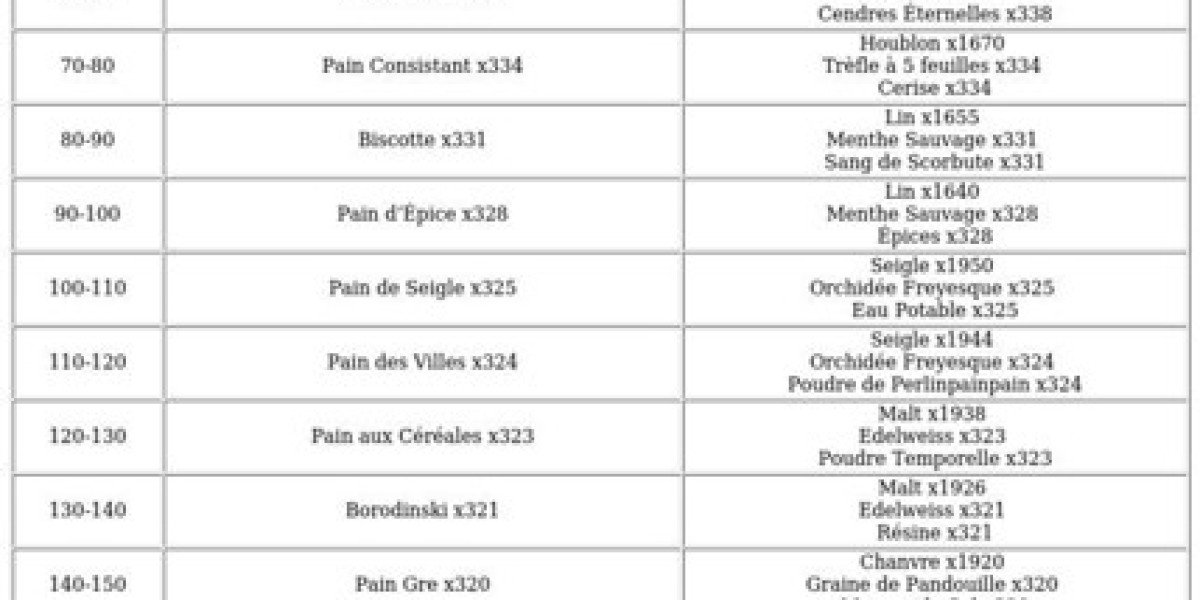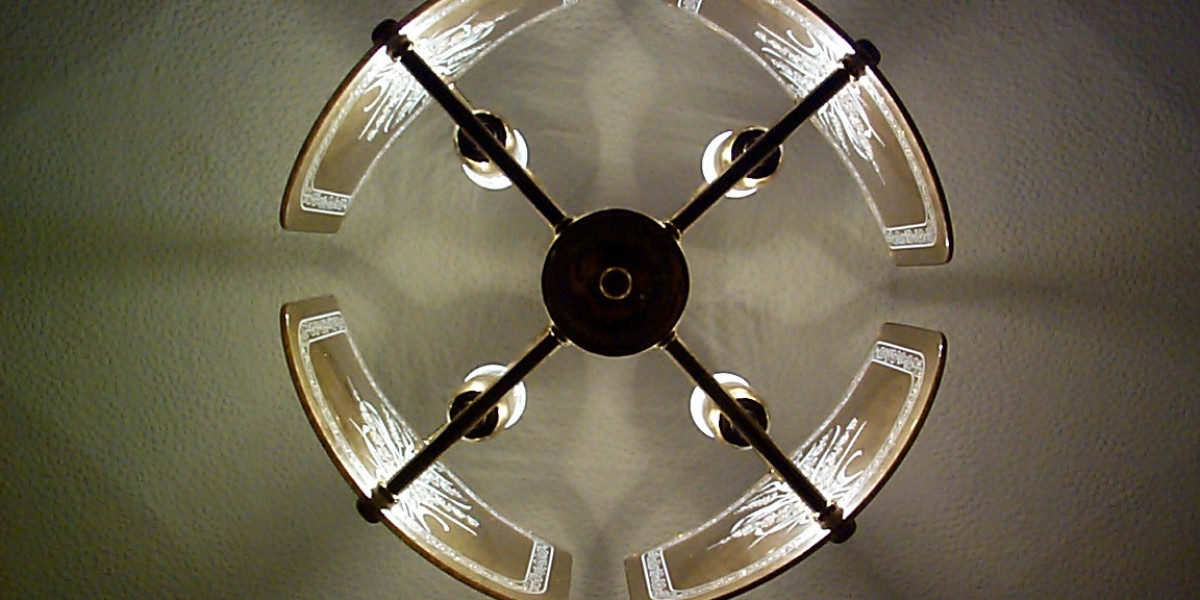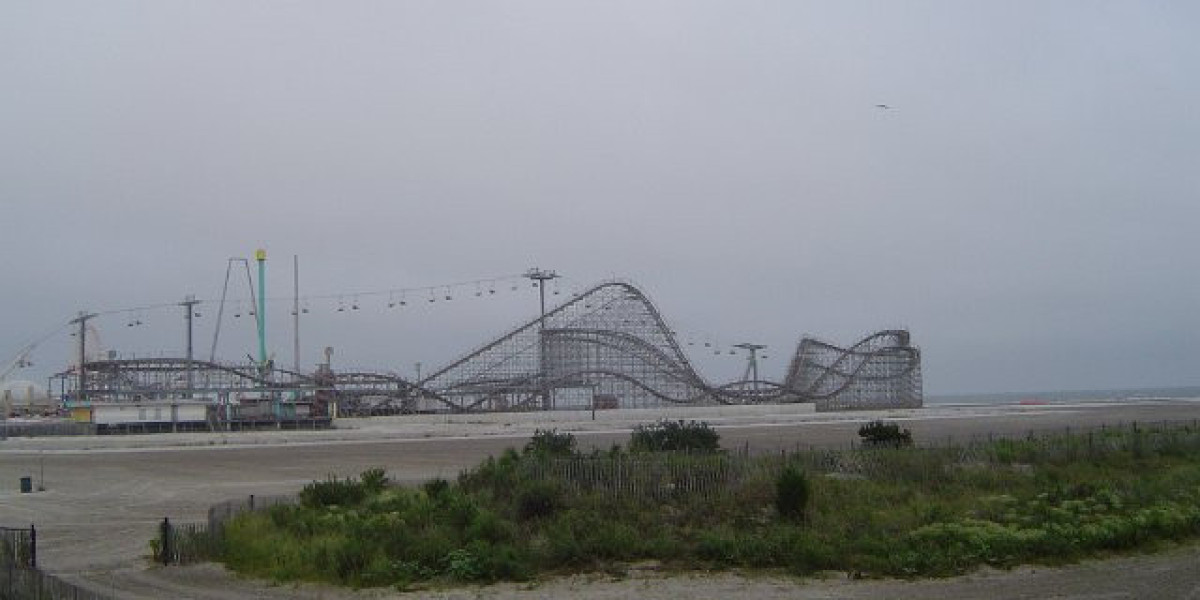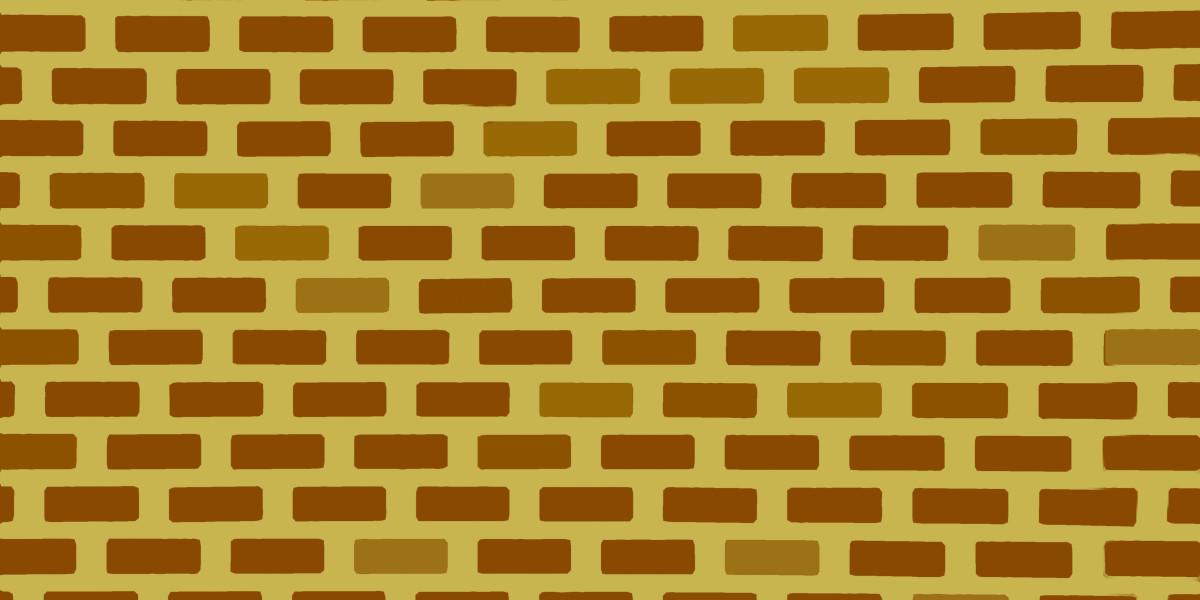KLOW Protocol
The KLOW protocol is a standardized method for viewcinema.ru evaluating the anti-inflammatory effects of KPV in vitro. The acronym stands for "Knock-down Lymphocyte-derived Oxidative-Stress-Related Wound-Healing." The steps are:
- Cell Preparation – Primary human keratinocytes or murine macrophages are cultured to 80 % confluence in a 6-well plate.
- Treatment – Cells receive KPV at concentrations ranging from 10 µM to 1000 µM for 24 h. A vehicle control (e.g., PBS) is included.
- Stimulation – After pre-treatment, cells are stimulated with lipopolysaccharide (1 µg/mL) or TNF-α (20 ng/mL) to induce inflammation.
- Readouts – Cytokine levels in the supernatant are measured by ELISA for IL-6, IL-8 and MCP-1. Reactive oxygen species production is quantified using a DCFDA fluorescence assay.
- Data Analysis – Results are expressed as percent inhibition relative to the stimulated control. Statistical significance is assessed with one-way ANOVA followed by Tukey’s post-hoc test.
Peptide Reconstitution Calculator
When working with peptide reagents like KPV, accurate reconstitution is critical. The Peptide Reconstitution Calculator helps researchers determine the correct volume of solvent needed to achieve a desired stock concentration. Users input:
- Desired final concentration (µM or mg/mL)
- Mass of peptide in milligrams
- Molecular weight of the peptide
- Volume of solvent to be used
Quick Reference
Below is a concise reference sheet summarizing key points about KPV:
- Structure: Lysine-Proline-Valine
- Molecular weight: 309.4 Da
- Typical use concentrations: 10–1000 µM in cell culture; 1–10 mg/kg in animal models
- Primary effects: Anti-inflammatory, antimicrobial, pro-regenerative
- Common applications:
- Oral mucosal inflammation models
- In vitro macrophage activation studies
- Adjunctive therapy in vaccine formulations to dampen excessive responses
- Stability: Stable at room temperature for up to 48 h; freeze-thaw cycles should be limited
- Storage: Dry powder stored at –20 °C; reconstituted solutions kept on ice and used within 24 h








